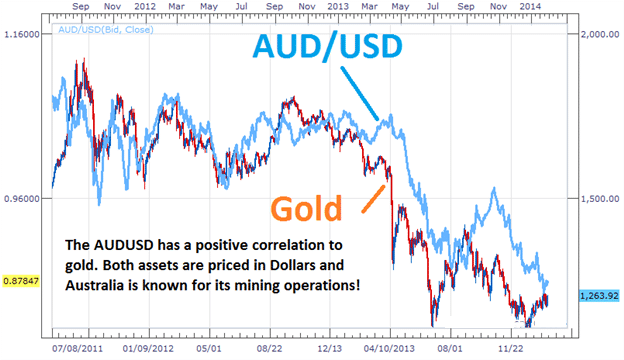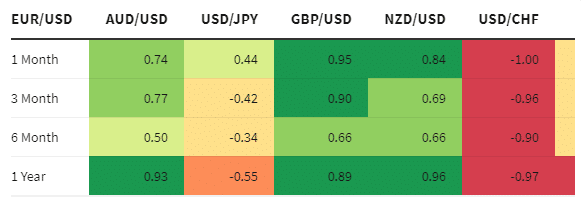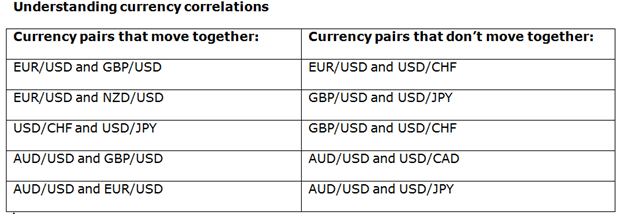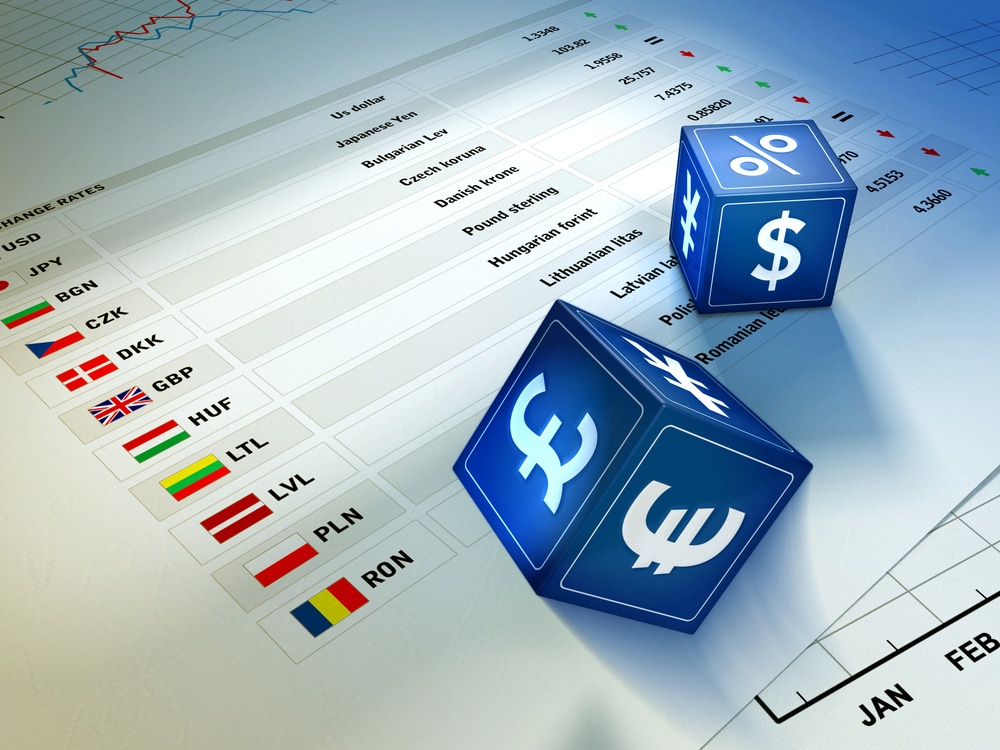The forex market is not as straightforward as many people would like to think. The buying and selling that comes into play come down to how well one has mastered various intricacies. The connection between multiple currencies is one of the complexities that influence trading decisions.
Currency correlation underscores the connection between the price actions of various currencies. Price changes tend to follow certain patterns that are replicated elsewhere or appear as the total opposite. Similarly, it measures how two variables are tried up or interconnected based on the underlying price action.
That said, no single currency operates independently in the $6 trillion marketplaces. The connections that exist influence the fluctuations that people look to profit from daily. The interconnection that exists makes it easy to predict price action based on varying currencies’ price action.
There are two types of correlation. In a positive interconnection, prices tend to move in the same direction regardless of the factors influencing price action. The stronger the interconnection, the likelihood of the assets understudy behaving the same way most of the time.

In contrast, a negative correlation sees prices move in the opposite direction. The disparity in the direction prices can be much higher depending on the negative connection strength.
Ascertaining currency coefficients
Prices in the foreign exchange market fluctuate as traders react to various factors, including central bank policies and economic data. Political and social issues also influence participants’ sentiments conversely.
The fluctuations that come into play can be tabulated and compared, giving rise to coefficients that affirm how various currencies are interconnected. Coefficients are used to ascertain the link that exists between multiple currencies. The coefficient varies from +1 to -1.
The closer the underlying coefficient is to +1, the more positive the link. Likewise, the more negative and closer to -1 the coefficient is, the more negative the interconnection.
Currency coefficients are arrived at based on price changes that engulf instruments in the foreign exchange market. The correlation can be measured over 1 hour, 1 day, weekly or monthly charts.
The fluctuations that come into play when measured and compared give rise to a currency correlation table. The table below shows the link between various currencies and the EUR/USD over a defined period, be it one month or one year.

Example
It’s possible to compare the connection between EUR/USD and GBP/USD with the table. The coefficient is 0.95, much closer to 1 than in the other time frames on the one-month period.
The 0.95 coefficient affirms a positive correlation. This means that whenever the EUR/USD rallied over one month, GBP/USD also rallied 95% of the time. However, in the six months, the likelihood of the two rallying together dropped to 66%.
On the other hand, the table affirms a negative correlation between EUR/USD and the USD/CHF pair. A -1 coefficient on the one-month chart affirms a negative link between prices. This means that there was a 100% chance of USD/CHF falling whenever the EUR/USD rallied and vice versa.
It’s pretty easy to calculate the correlation that exists between various pairs. Many trading platforms have a provision that allows people to download historical prices. Once downloaded, the same can be imported into a spreadsheet such as Microsoft Excel. With the help of a correlation function, one can ascertain whether there is a negative or positive link.
Why the connection don’t last
The correlations are not always stable or straightforward. Similarly, they don’t last. At times, the relationship can deteriorate due to several factors. A greater disparity exists when dealing with currencies whose prices depend a great deal on commodity prices.
For instance, a USD/CAD and USD/CHF correlation can vary immensely given that the Canadian dollar is susceptible to oil prices. Massive fluctuations in oil prices can result in relationship deterioration between the two.
Relations in the currency market also change as central banks implement monetary policies such as interest rates that affect prices. Political and social issues can trigger a big disparity in connections influencing traders’ sentiments. That said, there is usually no guarantee that a strong correlation at present will hold firm in the future.
How to Profit From Currency Correlation
Mastering currency correlations is a sure way of avoiding the risk of opening trades that cancel each other. In this case, one would avoid the temptation of opening positions that cancel each other, mostly when dealing with positively interconnected currencies. In this case, one cannot open a long and a short position on NZD/USD and AUD/USD concurrently and respectively.

Given that GBP/USD and USD/CAD are negatively correlated, it’s clear that only opposite trades would increase the chances of one profiting from the two when trading the two concurrently.
An understanding of how currencies are correlated comes in handy in portfolio diversification. Instead of focusing on one instrument, one can open positions on various currencies while factoring in their connection. For instance, if the EUR/USD is trending upwards, then opening a long position on AUD/USD would be ideal for portfolio diversification. A well-diversified portfolio can also be achieved by opening positions on pairs that move in the opposite direction.
Conclusion
While attention is usually on factors that influence sentiments and price action, it is important to understand the connection between various currencies. Understanding the relationships makes it easy to understand price action by simply analyzing other currencies.
Understanding correlations also makes it possible to make better trades and manage risk with greater portfolio diversification.
